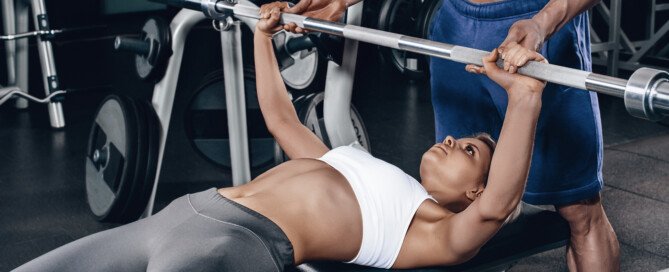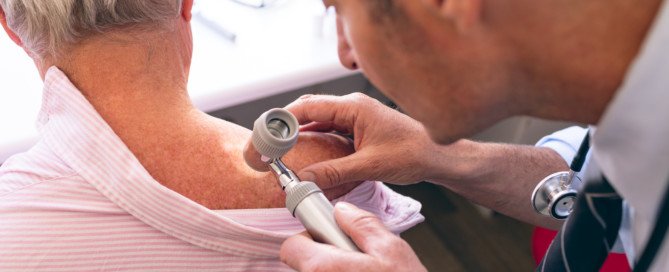Too Weak to Bench Press the 45-Pound Bar? Solutions

If you’re too weak to bench press an unloaded Olympic bar (45 pounds), here is what you should do to develop the strength to push up that bar without any assistance.
Should Elderly People Do Kettlebell Swings?

The kettlebell swing is an excellent exercise for the elderly, yet very few personal trainers have their aged clients doing this compound exercise. (more…)
If Crunches Don’t Flatten a Fat Belly, Why Is this Recommended?

Scads of articles online advise doing crunches to get rid of belly flat or to flatten a paunch.
As a fitness expert, I’m flabbergasted at the volume of incorrect information in cyberspace about how to trim a pudgy stomach, rid belly fat, flatten the abs, etc. (more…)
Are Weightlifting Machines Safe for Kids 10 and Over?

Weightlifting machines are perfectly safe for kids–a lot safer than some of the things that parents make their kids do around the house and yard. (more…)
How to Prevent Traction Hair Loss from Clip-In Extensions

There’s an ingenious way to prevent traction hair loss (alopecia) from clip-in extensions.
You’ll never again have to worry about bald spots showing up that were caused by your clip-in extensions. (more…)
Myths About Big Bellies in Men: What Makes Gut Grow with Age?

Why is it that as men get older, their gut gets bigger?
Some men look like they’re in their fourth trimester. Some men with big guts have thin legs and arms. (more…)
Will Several New Moles at Once Keep Happening in an Older Person?

If a middle age person suddenly gets several new moles, does this mean they’ll continue getting new moles for the rest of their life and thus have to worry about melanoma? (more…)
Is Stockholm Syndrome a Function of Character Weakness?
Does a hostage victim who gets Stockholm syndrome have a pre-existing character weakness?
Does bonding to the kidnapper mean that the victim is mentally weak? (more…)
Does Your Breath Stink Really Bad at the Gym?

Does your breath when you lift weights at the gym stink up the air around you?
The guilty are clueless that their bad breath can be smelled 10 feet away. I am always smelling someone’s foul breath at the gym. (more…)
Over 50, New Moles? How to Screen for Melanoma even in Obscure Areas

You’re 50-plus & are getting new moles that your doctor says look benign, but you’re worried they might become melanoma.
Here’s a brilliant way to monitor these new moles. (more…)


































































